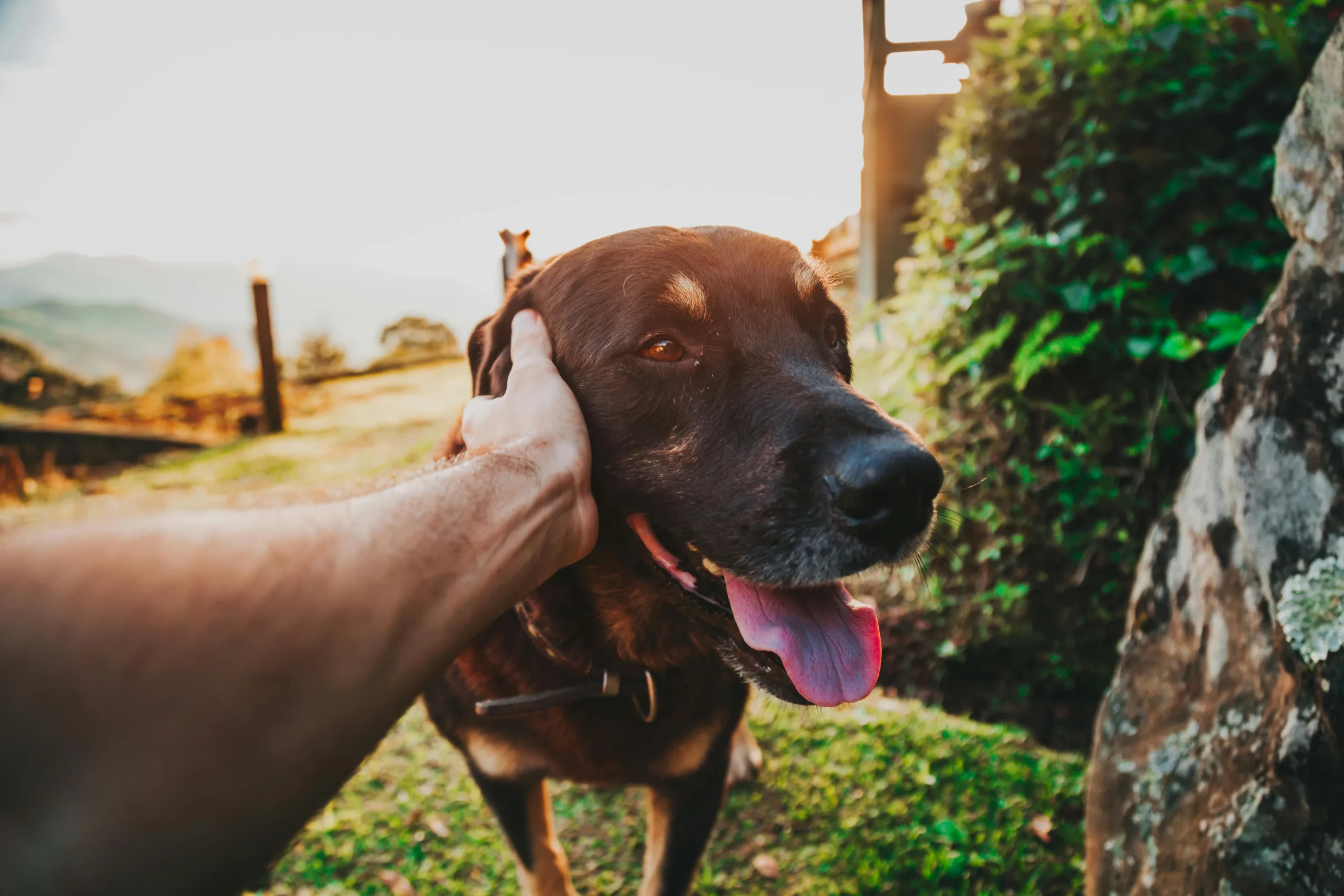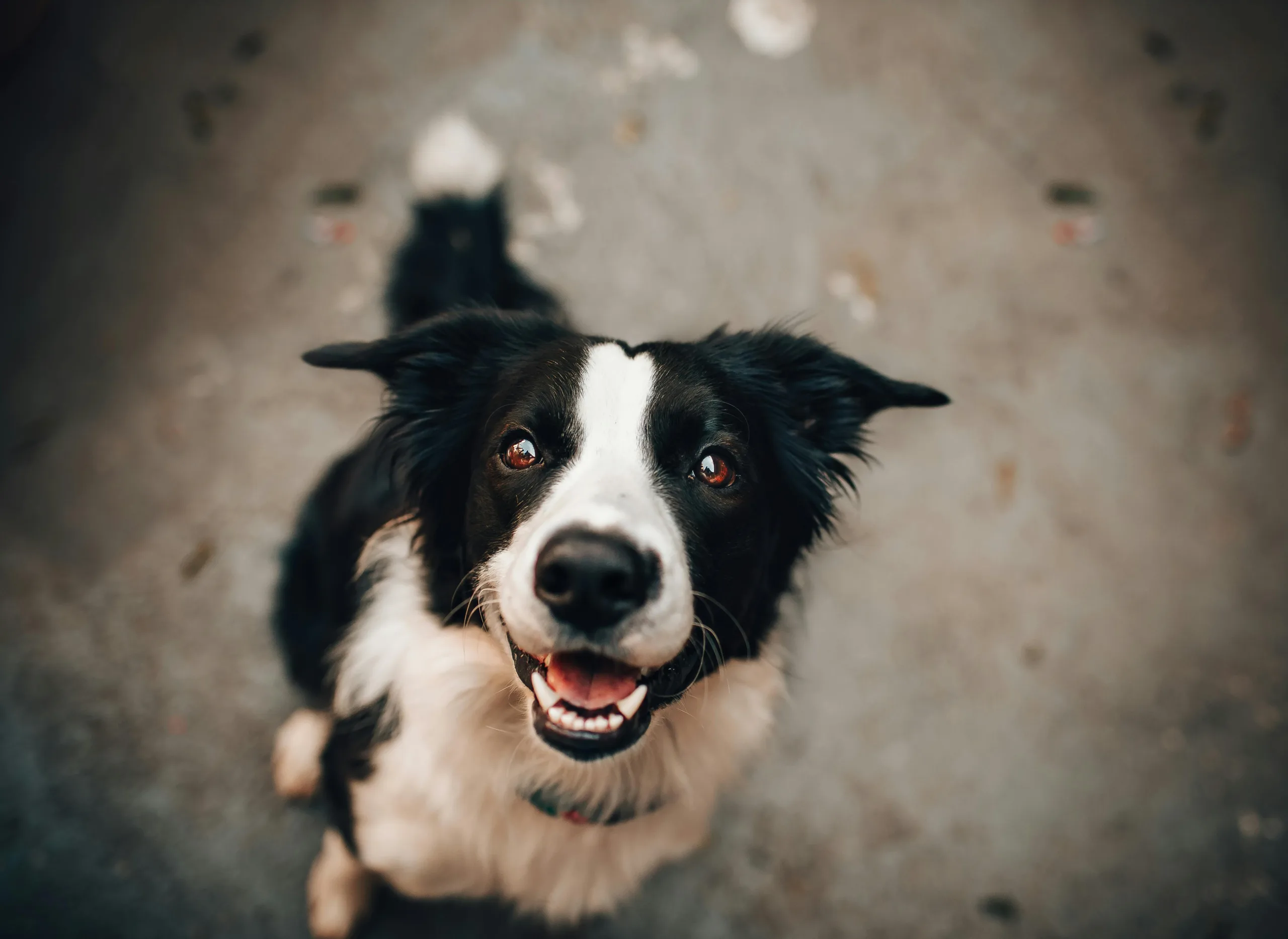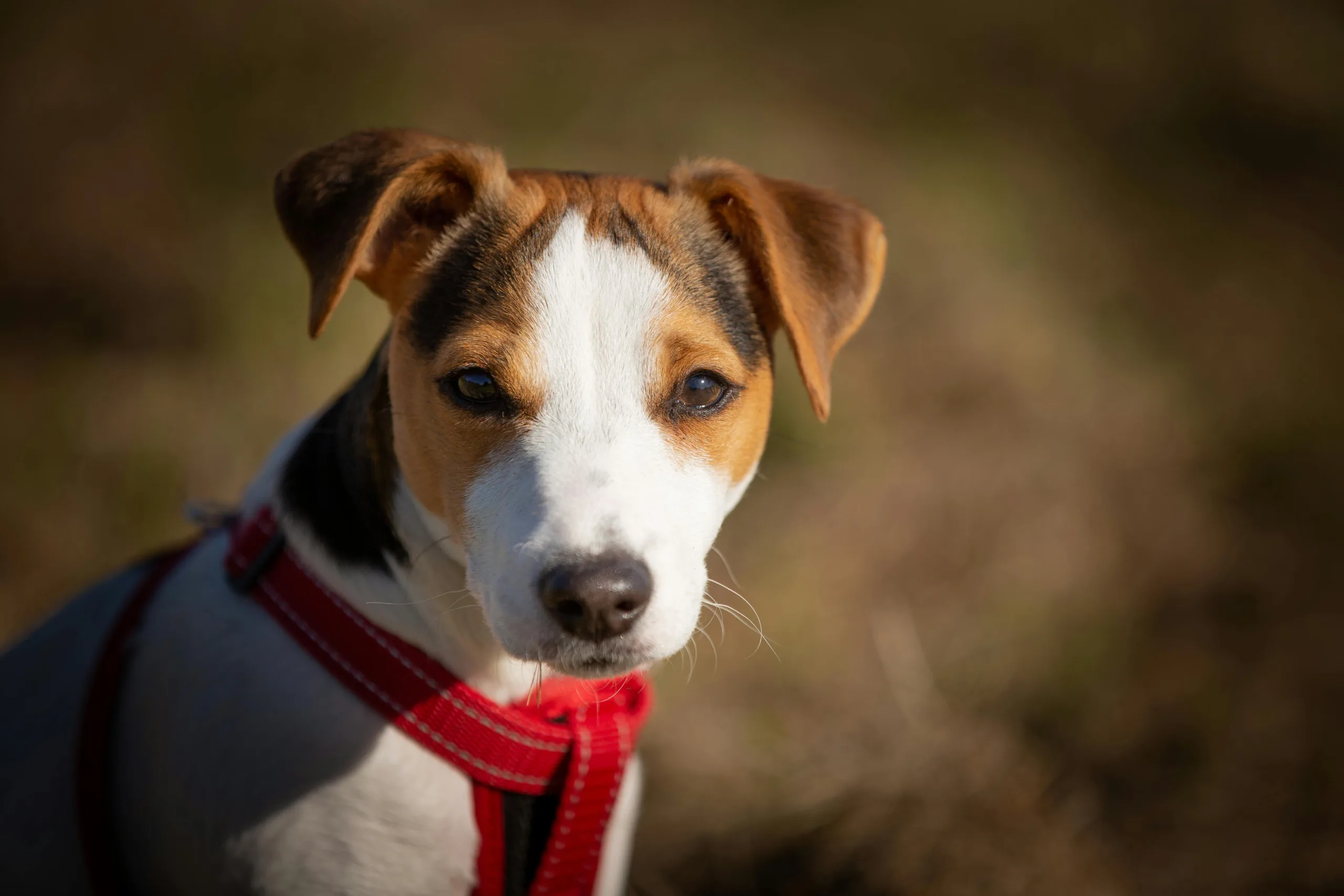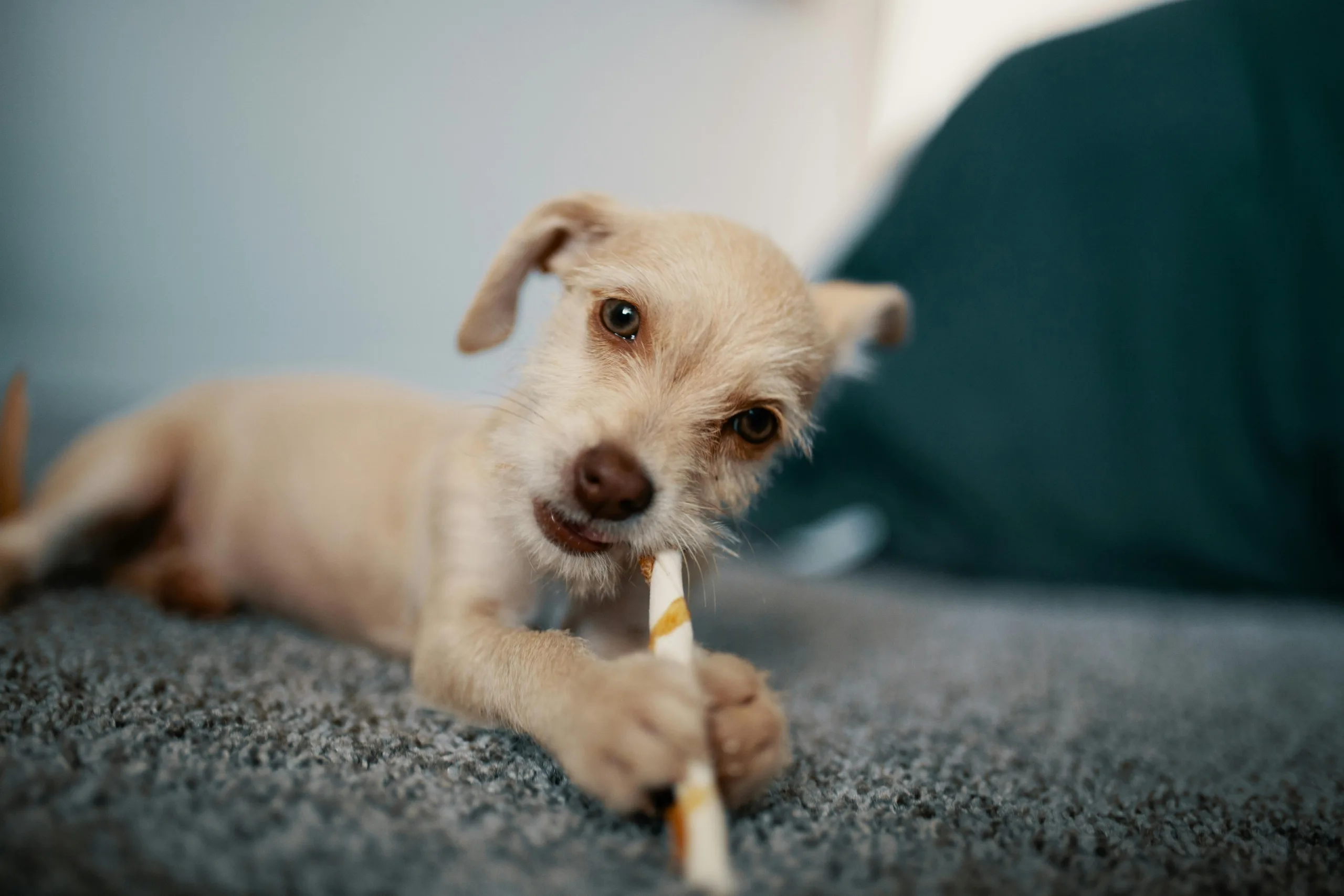
Bacteria and parasites in the BARF diet
Bacteria and parasites in the BARF diet
Salmonella, E. coli, parasites – opponents of raw feeding will surely scare you with these!
When someone switches to raw feeding, or at least considers switching, as a careful pet owner, they start reading background information, blogs, and forums on the internet (where many knowledgeable and unknowledgeable people share their “knowledge”) and, of course, seek the opinion of a veterinarian.
You will receive mixed, useful, and misleading information, and you will encounter many warnings and horror stories, topped off by the veterinarian!
Raw meat? Raw meat is full of salmonella, E. coli bacteria, parasites, causes food poisoning and worms, “don’t even think about it,” it’s bad for your dog, it will definitely make it sick, and other similar “good advice.”
Of course, we often get these questions from our customers about bacteria and parasites if they switch their dog or cat to a raw diet.
Before we get into lengthy explanations, let’s look at a vivid example: imagine your dog burying a bone in the garden, then digging it up a little while later and happily gnawing on it… You probably don’t disinfect or cook it beforehand, yet your dog remains healthy and alive. How is this possible, given that bacteria and parasites make us sick… Or is the issue not that simple?
First of all, it is very important to distinguish that these bacteria can cause problems in humans in a completely different way than in animals – let’s see how.
This article provides a simple, fact-based explanation. For more information, please visit the links below.
We also provide useful advice on how to avoid problems caused by bacteria and parasites, both in animals and humans – since you probably prepare raw food in your own kitchen.
Salmonella
Salmonellosis is an infection caused by the salmonella bacterium.
In humans the problem is mainly caused by the transfer of bacteria from untreated raw meat (especially poultry), raw eggs (bacteria on the eggshell are usually transferred to the raw egg when it is opened), and contaminated surfaces.
When certain types of salmonella bacteria enter the human intestinal tract, they multiply in the small intestine and can cause symptoms of salmonellosis.
For example, do you wash chicken, chicken legs, and duck meat under the tap before you start cutting, chopping, and putting them in the oven? If so, you have already taken the first step toward flooding your kitchen surfaces with scattered salmonella bacteria with the help of splashing water! Then you slice tomatoes and onions on these surfaces, and you may have already contaminated the raw salad ingredients with salmonella…
BUT!
And this is a very important BUT. The human digestive tract is very long, as omnivores need a long digestive system to absorb nutrients, vitamins, and water from the food they eat.
The structure of the bodies of dogs and cats (carnivores) is completely different! This means that different bacteria do not pose a threat to healthy animals.
The digestive system of carnivores is structured differently from that of humans. Disinfection begins in their mouths, where the lysozyme content of their saliva begins to destroy the cell walls of bacteria, killing certain bacteria at this stage.
The next line of defense is the pH value and strength of carnivores’ stomach acid, which is significantly different from that of humans, further destroying harmful bacteria. This stomach acid is so strong that it can digest meat, bones, and practically anything else.
Their digestive tract is short (compared to omnivores and herbivores), which prevents harmful bacteria from multiplying in the short digestive tract after passing through the mouth and stomach acid to such an extent that they can cause real problems (salmonellosis) in competition with beneficial bacteria.
E. coli
Escherichia coli (E. coli for short) bacteria are usually natural bacteria in the normal intestinal flora of warm-blooded animals and humans, where they play an important role: they are involved in the production of vitamins (K2, B) and their presence generally inhibits the proliferation of other pathogenic microorganisms.
In dogs, for the reasons discussed earlier, they rarely cause problems: if a very young puppy’s immune system is very weak because it was born to a sick or infected mother and thus did not receive the necessary immune protection from its mother’s milk; or in older dogs with weakened immune systems.
Parasites
Shock freezing (rapid freezing) is a preservation method for complete BARF menus that would destroy any parasites.
At the same time, it is important that BARF meals made from high-quality ingredients intended for human consumption do not contain parasites, as meat from human slaughterhouses is not worm-infested (official veterinarians randomly and continuously inspect the work of slaughterhouses).
At BARF Hungary’s HACCP-certified facility, and as a result of continuous disinfection, the meals are prepared in a clean, hygienic environment and in a process that virtually eliminates the possibility of recontamination.
Human kitchen hygiene when working with raw meat
It is always advisable to follow basic hygiene rules in the kitchen when working with raw meat and eggs – even at home!
If you prepare raw food for your pet in your kitchen at home, it is particularly important to follow hygiene rules and disinfect the work surface and surrounding area after preparation.
As mentioned earlier, when working with raw meat, whether you are preparing it for your dog or for your own consumption, it is important not to wash it under running water, as this will spread bacteria through splashing water and contaminate nearby surfaces or even ready-made meals and raw ingredients intended for consumption (vegetables, fruit) intended for consumption.
After working with raw meat, it is always recommended to wash your hands thoroughly, even with a disinfectant hand cleaner – but in this case, it is important to follow the instructions on the label (i.e., wash your hands with the product for the appropriate amount of time before rinsing).
The bacteria that cause infections cannot tolerate heat, so boiling, cooking, and proper heat treatment make food safe for human consumption in terms of bacteria.
When storing food, it is important to store raw meat at a temperature below 5°C or to preserve it in a freezer.
Veterinarians often recommend that you at least boil the meat if you are feeding it raw to your dog.
>This may kill bacteria on the surface, but bacteria are not only found on the surface, but also inside the meat, and boiling will have no effect on them. At the same time, vitamins and minerals are destroyed by boiling.
Overall, it can be said that scaring people with bacteria and parasites in connection with raw feeding is completely unfounded, provided that proper hygiene rules are followed or appropriate complete menus are ordered, and serves only to stir up emotions.
Related articles:
https://portal.nebih.gov.hu/-/elelmiszer-biztonsagi-jo-tanacsok-husetelek-keszitesehez
https://portal.nebih.gov.hu/-/kerdezz-felelek-a-szalmonella-okozta-megbetegedesekrol
https://portal.nebih.gov.hu/-/kerdezz-felelek-az-e-coli-fertozesekrol














